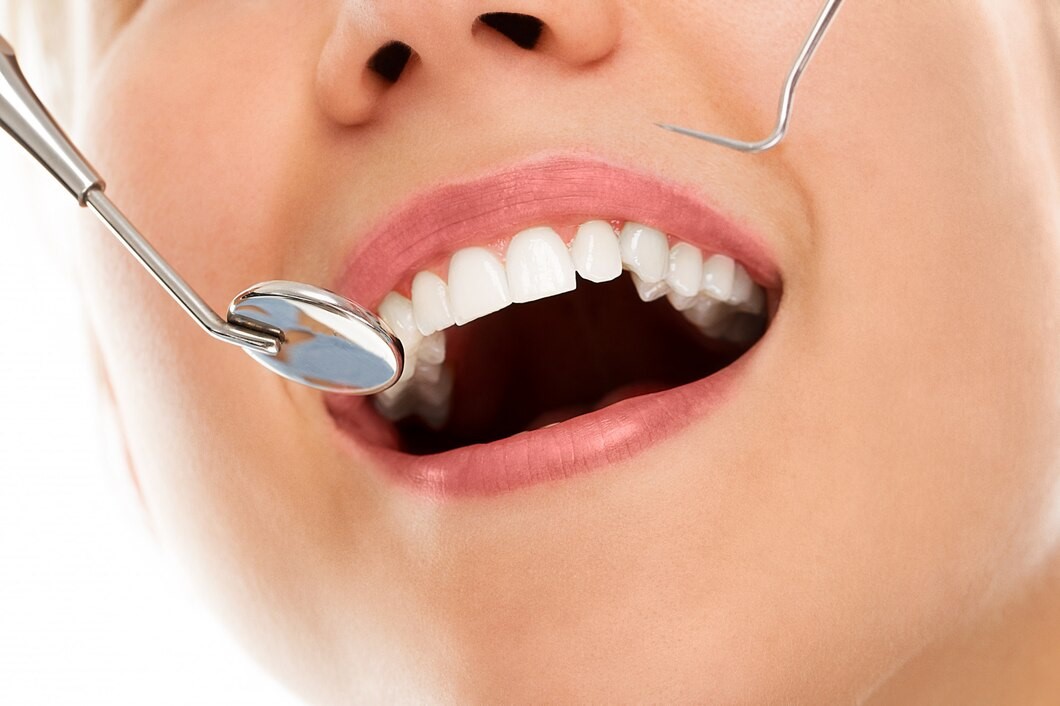
In a world filled with information, dental health myths can often muddy the waters of what’s truly important for maintaining a radiant smile. From old wives’ tales to urban legends, these myths have persisted through the ages, sometimes causing people to make ill-informed decisions about their oral health.
In this article, we’ll go on a myth-busting journey, shedding light on some of the most prevalent dental myths while providing you with accurate information to ensure your teeth are in the best possible shape.
Myth #1: Teeth Alignment is Purely Cosmetic
One of the most persistent dental myths is that teeth alignment is solely for cosmetic purposes. While it’s true that straightening your teeth can significantly enhance your smile’s aesthetics, there’s more to it than meets the eye.
The Reality: Proper teeth alignment is not only about looks; it’s crucial for your overall oral health. Misaligned teeth can lead to a host of problems, including:
- Oral Hygiene Issues: It can be very difficult to brush and floss when you have crooked or crowded teeth. This difficulty effectively increases the risk of plaque buildup, cavities, and gum disease.
- Digestive Problems: Chewing is the first step in the digestive process, and misaligned teeth can hinder your ability to chew food properly, impacting your digestion and nutrient absorption.
- Speech Difficulties: Some teeth misalignments can affect your speech, leading to pronunciation problems and potential self-esteem issues.
- Temporomandibular Joint (TMJ) Disorders: Teeth misalignment can cause undue stress on your jaw joints, potentially leading to TMJ disorders, which can be painful and affect your overall well-being.
- Tooth Wear: Uneven pressure on misaligned teeth can result in premature wear and tear, making them more susceptible to damage.
To address teeth misalignment, it’s essential to consult with an orthodontist who can recommend appropriate treatment options. So remember that while teeth alignment is often associated with cosmetic dentistry, it offers you a myriad of benefits that will improve your oral health.
Myth #2: You Should Brush Your Teeth Immediately After Eating
It’s widely believed that brushing your teeth immediately after a meal is the best way to keep them clean and healthy. However, this isn’t entirely accurate.
The Reality: While it’s essential to maintain good oral hygiene, brushing your teeth immediately after consuming acidic foods or beverages can actually harm your teeth. Acid softens tooth enamel temporarily, and brushing too soon can remove some of this weakened enamel.
Instead, it’s recommended to wait at least 30 minutes after eating before brushing to allow your saliva to neutralize acids and your enamel to reharden. In the meantime, rinse your mouth with water to help remove food particles and acids.
Myth #3: Sugar is the Sole Cause of Cavities
While sugar is a well-known contributor to tooth decay, it’s not the sole culprit.
The Reality: Cavities start to form when the bacteria in your mouth feed on carbohydrates, including sugars and starches. This process then produces acids that erode your tooth enamel. However, it’s not just the amount of sugar you consume; it’s also how frequently you eat or drink sugary substances.
Continuous snacking or sipping sugary beverages throughout the day provides a constant supply of food for these bacteria, increasing the risk of cavities. So, to prevent tooth decay, limit sugary snacks and drinks and maintain a consistent oral hygiene routine.
Myth #4: Chewing Gum Replaces Brushing
Chewing gum is often touted as a convenient substitute for brushing your teeth, but is it a viable replacement?
The Reality: Chewing sugar-free gum can be a helpful addition to your oral hygiene routine, but it should not replace brushing and flossing. Chewing gum can stimulate saliva production, which helps neutralize acids and wash away food particles. However, it can’t remove plaque and debris as effectively as brushing and flossing. Use gum as a supplement, not a replacement, for proper dental care.
Myth #5: Only Children Get Cavities
It’s a common misconception that cavities are a childhood issue and that adults are immune to tooth decay.
The Reality: Cavities can affect people of all ages. In fact, adults are susceptible to cavities, particularly as they age, and face challenges such as receding gums or dry mouth, which can increase the risk of tooth decay. Regular dental check-ups and consistent oral hygiene practices are essential for preventing cavities throughout your life.
Myth #6: Tooth Loss is Inevitable with Aging
Many people believe that tooth loss is an inevitable consequence of aging.
The Reality: While it’s true that older adults may face oral health challenges, such as gum disease and tooth decay, tooth loss is not an unavoidable outcome of aging. With proper care, including regular dental check-ups, good oral hygiene, and a healthy diet, you can maintain your natural teeth well into your senior years.
Myth #7: You Don’t Need to See a Dentist if Your Teeth Don’t Hurt
Some individuals only visit the dentist when they experience pain or discomfort.
The Reality: Dental issues often develop silently, without causing noticeable symptoms until they become severe. Regular dental check-ups are essential for detecting problems early when they are easier and less costly to treat. By the time you experience pain, the issue may have progressed to a more advanced stage, requiring more extensive and expensive interventions.
Conclusion
Dental myths can be pervasive and misleading, potentially leading to poor oral health decisions. By debunking these myths and providing accurate information, we can make informed choices about our oral hygiene and overall well-being.
Remember that maintaining good dental health involves more than just a beautiful smile; it’s essential for your overall health and quality of life. Consult with a dental professional for personalized advice and guidance on your specific oral health needs.



Facebook Comments